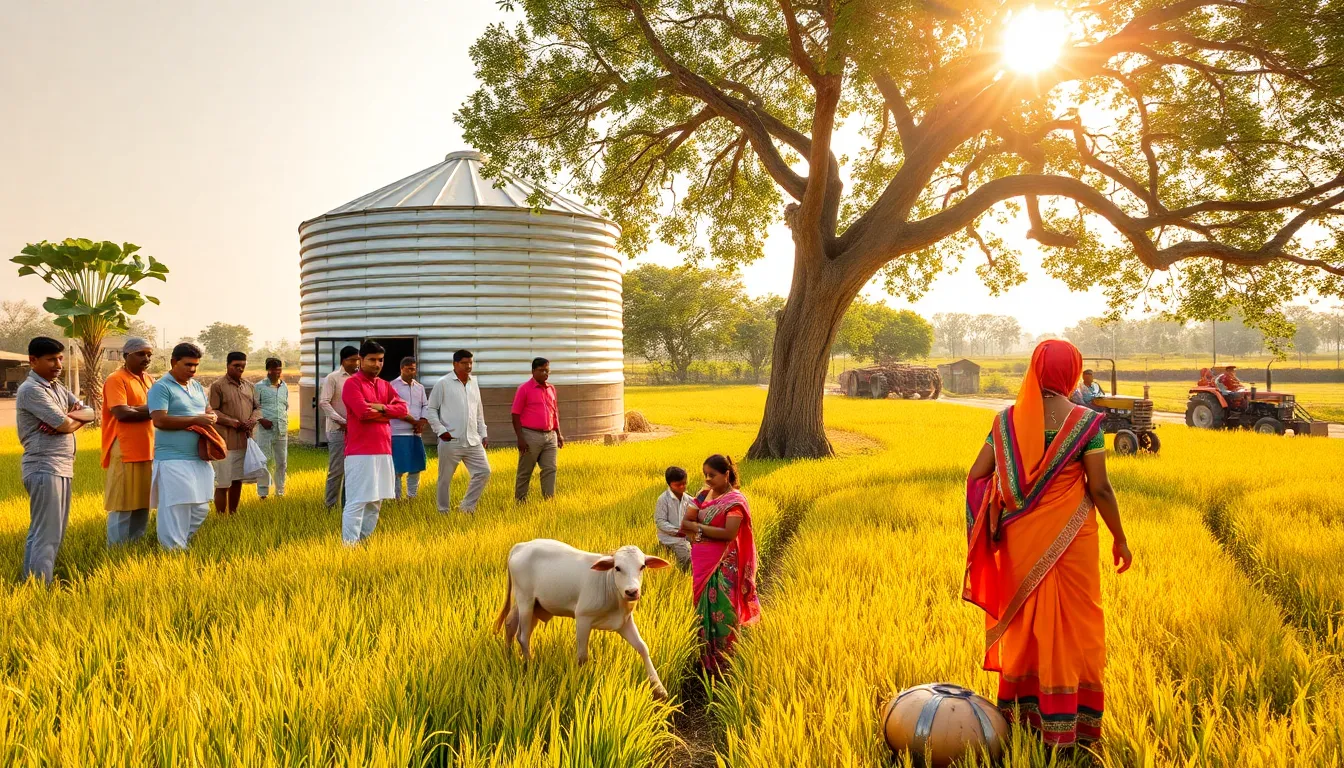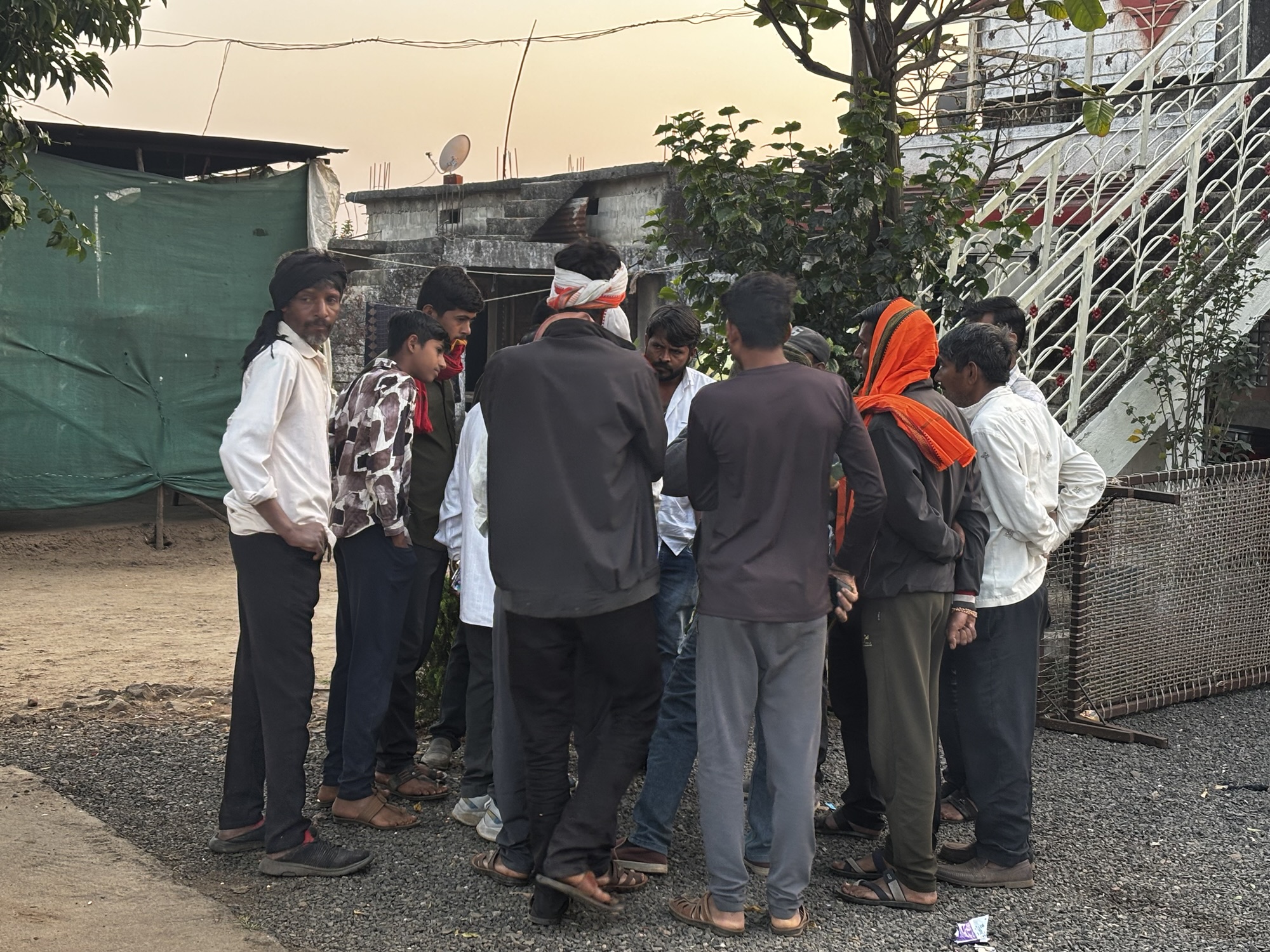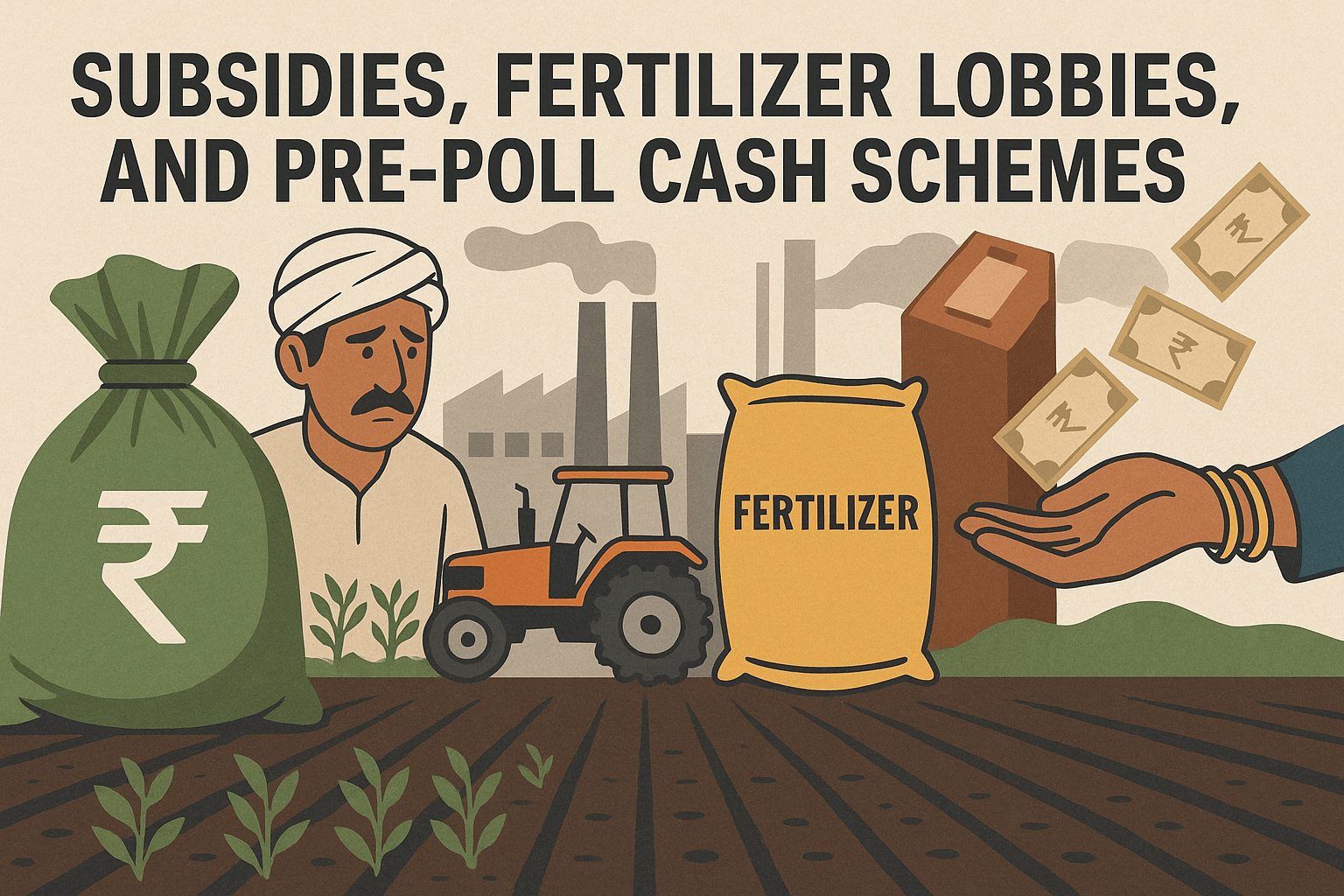The Indian government is launching the world’s largest cooperative food grain storage scheme to enhance the income of Primary Agricultural Credit Societies (PACS) and create more jobs in rural areas. Union Home Minister Amit Shah recently reviewed this ambitious plan, which aligns with Prime Minister Narendra Modi’s vision of ‘Sahkar Se Samriddhi’, meaning ‘Prosperity Through Cooperation’.
In a meeting held in New Delhi, Amit Shah emphasized the importance of PACS in this initiative. He stated that involving these societies is crucial for the success of the scheme. The goal is to improve the financial health of PACS while boosting India’s Gross Domestic Product (GDP) and generating employment.
The cooperative grain storage scheme aims to build a strong supply chain that supports farmers and rural communities. Shah mentioned that this scheme will open new income avenues for PACS, which are vital for the rural economy.
To ensure effective implementation, the Minister urged the Ministry of Food and Public Distribution and the Food Corporation of India (FCI) to map warehouses across the country. This mapping will help tailor storage solutions to local needs, making the supply chain more efficient.
Amit Shah also highlighted the need for extending loan facilities under the Agriculture Infrastructure Fund (AIF). This extension will help PACS enhance their financial stability, allowing them to invest in better storage and marketing facilities.
States are encouraged to actively involve more PACS in this scheme and link them with State-Level Marketing Federations. This collaboration is expected to create a complete cooperative supply chain, from storage to market, benefiting farmers and consumers alike.
The scheme is not just about storage; it’s about empowering rural communities. By improving income and creating jobs, the government aims to uplift the living standards of many families.
The initiative is part of a broader strategy to promote self-reliance in the agricultural sector, aligning with the ‘Atmanirbhar Bharat’ vision. This approach seeks to ensure that India can meet its own agricultural needs while supporting the farmers who feed the nation.
Experts believe that this scheme could significantly enhance the agricultural landscape in India. By investing in storage and cooperative structures, the government hopes to mitigate losses faced by farmers due to poor storage facilities.
In conclusion, the world’s largest cooperative grain storage scheme represents a monumental step toward strengthening India’s rural economy. By focusing on cooperation and community involvement, the initiative promises to create a more prosperous future for farmers and rural residents across the country.





